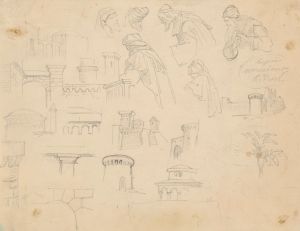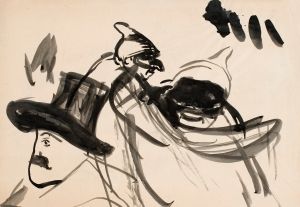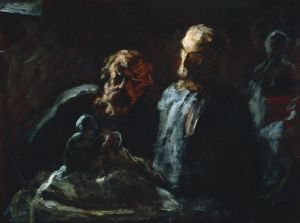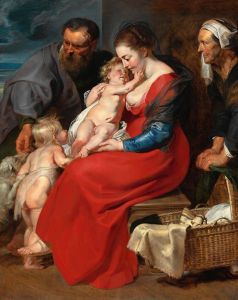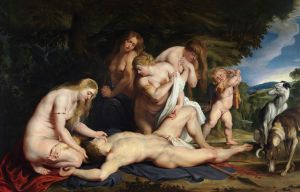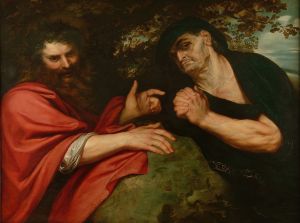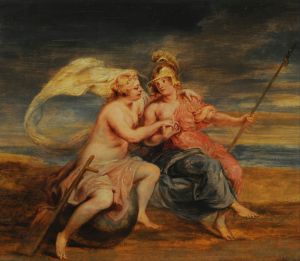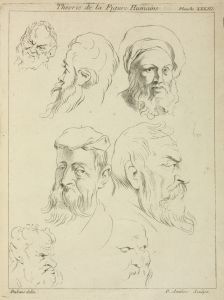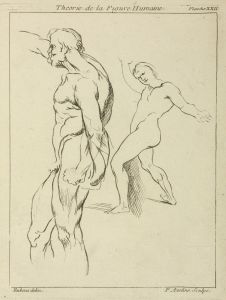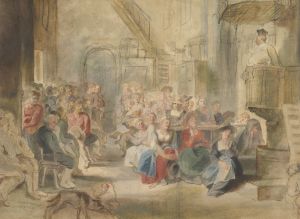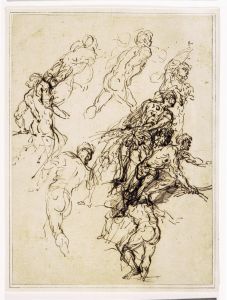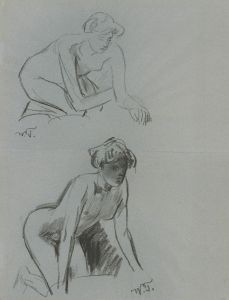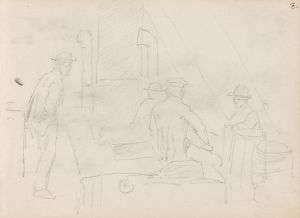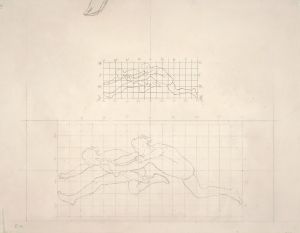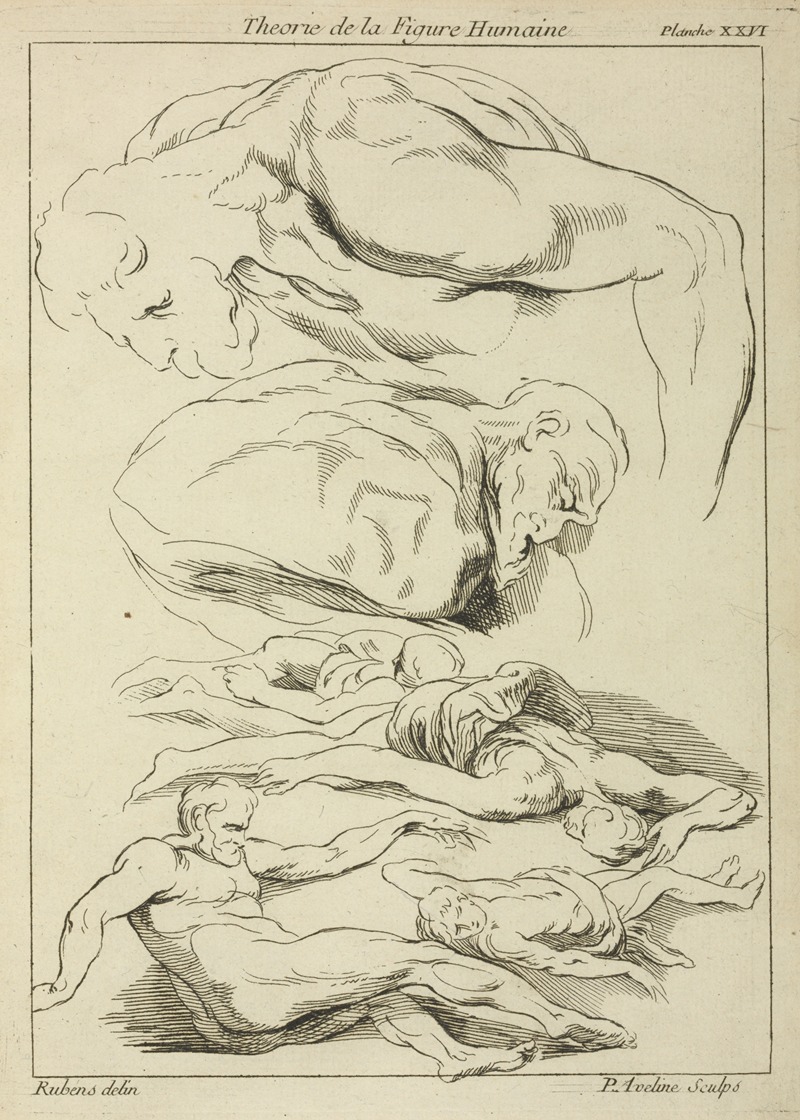
Six studies of male figures in various prone and supine positions
A hand-painted replica of Peter Paul Rubens’s masterpiece Six studies of male figures in various prone and supine positions, meticulously crafted by professional artists to capture the true essence of the original. Each piece is created with museum-quality canvas and rare mineral pigments, carefully painted by experienced artists with delicate brushstrokes and rich, layered colors to perfectly recreate the texture of the original artwork. Unlike machine-printed reproductions, this hand-painted version brings the painting to life, infused with the artist’s emotions and skill in every stroke. Whether for personal collection or home decoration, it instantly elevates the artistic atmosphere of any space.
Peter Paul Rubens, a prominent Flemish Baroque painter, is renowned for his dynamic compositions, vibrant color palette, and masterful depiction of the human form. Among his extensive oeuvre, "Six Studies of Male Figures in Various Prone and Supine Positions" stands out as a testament to his skill in anatomical studies and his dedication to capturing the human body in motion and repose.
This artwork is a drawing, a medium Rubens frequently employed to explore and refine his ideas before committing them to canvas. The drawing features six male figures, each depicted in different poses, either lying down or reclining. These studies are executed with a keen eye for anatomical accuracy, showcasing Rubens' deep understanding of human musculature and form. The figures are rendered with fluid lines and a sense of movement, even in their stillness, which is characteristic of Rubens' style.
Rubens' interest in the human form was influenced by his studies of classical sculpture and Renaissance art. He was known to have traveled extensively, including a significant period in Italy, where he studied the works of masters such as Michelangelo and Raphael. These experiences enriched his artistic vocabulary and informed his approach to depicting the human body. In "Six Studies of Male Figures," one can observe the influence of classical ideals of beauty and proportion, combined with Rubens' own dynamic and expressive style.
The purpose of such studies was often preparatory. Rubens would create numerous sketches and drawings to experiment with composition, pose, and anatomy, which would later inform his larger paintings. This particular drawing may have served as a reference for one of his grand historical or religious compositions, where the depiction of the human figure played a central role.
Rubens' drawings were not merely technical exercises; they were also expressions of his artistic vision. His ability to convey emotion and narrative through the human form is evident in these studies. Each figure, though static on the page, seems to possess an inner life and story, inviting viewers to imagine the context and emotion behind each pose.
The drawing is also a reflection of Rubens' workshop practice. As a successful artist with numerous commissions, Rubens maintained a large workshop where assistants and students would help execute his designs. Drawings like "Six Studies of Male Figures" would have been invaluable teaching tools, demonstrating Rubens' techniques and artistic principles to his apprentices.
Today, Rubens' drawings are highly valued for their insight into his creative process and his mastery of form. They offer a glimpse into the mind of one of the Baroque period's most influential artists, revealing the meticulous preparation and profound understanding that underpinned his celebrated paintings. "Six Studies of Male Figures in Various Prone and Supine Positions" exemplifies Rubens' ability to blend classical influences with his own dynamic style, resulting in works that continue to captivate and inspire.





